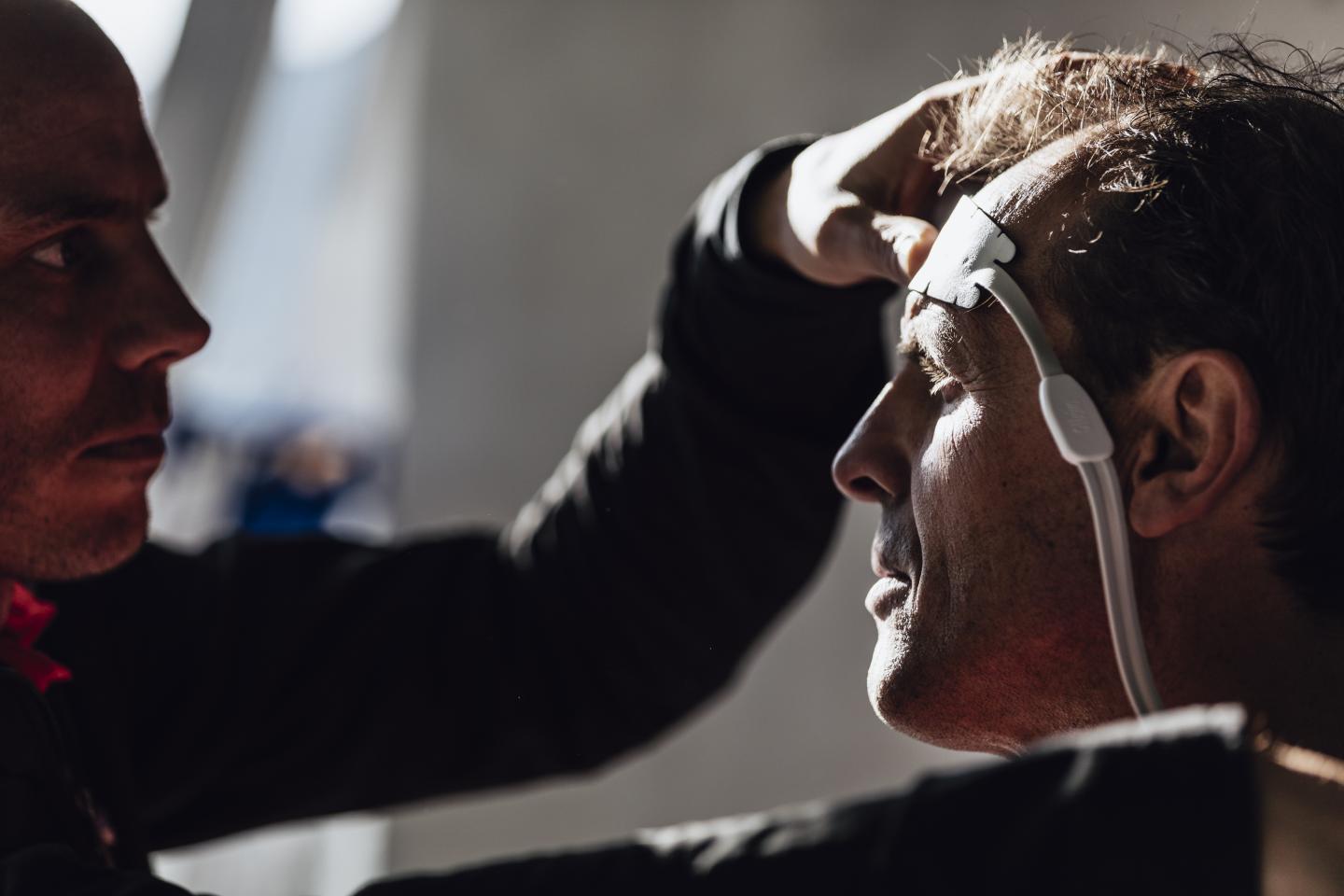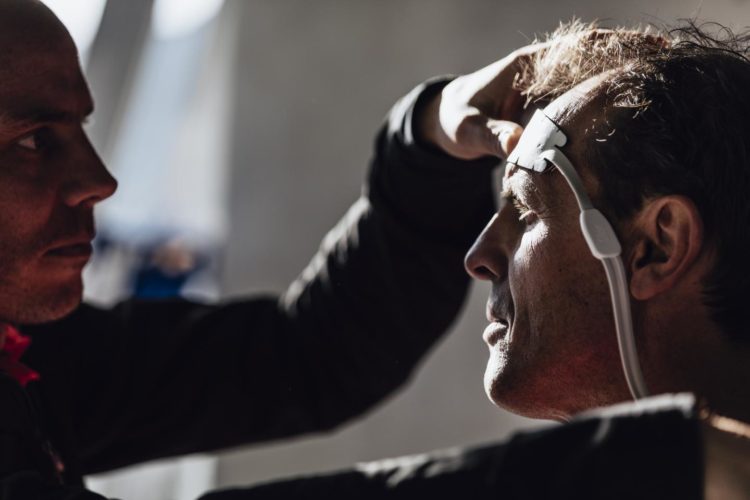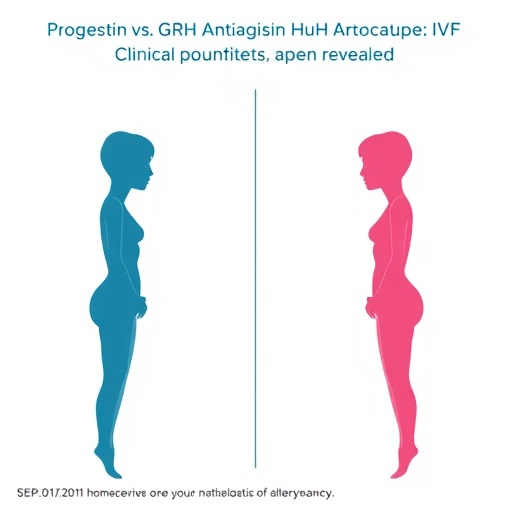A Eurac research study on acclimatisation and de-acclimatisation will take place in the terraXcube center for the simulation of extreme climates

Credit: Pavana_TheVerticalEye
“In the summer of 1984, Reinhold Messner and Hans Kammerlander succeeded for the first time in the ascent and crossing of Gasherherbrum I (8,068m) and Gasherbrum II (8,035m). On the 35th anniversary of this extraordinary achievement, we want to repeat the adventure and raise the bar on it: Daring both eight-thousand metre peaks including the crossing as a winter expedition,” says Simone Moro. “No one has ever repeated this undertaking, not even in the summer. Our experience with winter walks will definitely be helpful.”
Their acclimatisation within the terraXcube will last in all, about four weeks. After initial medical checks, in the first phase (currently in progress) Tamara and Simone sleep inside terraXcube´s hypobaric chamber at night and train outside during the day. Over the next two weeks Tamara and Simone will remain more or less continuously inside the hypobaric chamber, where they can train on a treadmill. The goal is to achieve a good acclimatisation of up to about 6400m. Providing that Simone and Tamara are able to cope and with these conditions i.e. have no symptoms of discomfort, and are sleeping and eating well, the researchers will (for a few hours) take the room to even higher altitudes, up to 8000m and beyond. The temperature will also undergo changes to observe the adaptation of the body to the cold. During this period, the tests already carried out at the beginning of the study will be repeated regularly.
“This is an opportunity for us to monitor two subjects in a perfectly controlled and controllable context, that is, in the climate chamber of terraXcube. A deeper understanding of how physiology reacts to hypoxia, (the lack of oxygen at altitude) could not only signify improvements in the safety of mountaineering expeditions, but also in the conditions of those who work at high altitudes; rescue teams, humanitarian missions (for example those undertaken following the earthquake in Nepal) and also for workers engaged in the construction of roads or dams” explains Hermann Brugger, Head of Eurac Research’s Institute for Emergency Mountain Medicine. “Not only that, this case study will help to understand on which aspects to focus attention for future research following which, studies can then be enlarged to a greater number of participants in order to provide greater statistical relevance.”
terraXcube, the extreme climate simulation centre situated at the NOI Techpark Südtirol/Alto Adige, is a new infrastructure and this project is a great test bed, of this, Stephan Ortner, director of Eurac Research, and Christian Steurer, director of terraXcube, are convinced: “Simone and Tamara are mountaineers in extraordinary peak physical condition. This study signifies the perfect combination of parameters for the fine-tuning of interaction between humans and technology in the extreme conditions of the terraXcube. With no one else would it be possible to carry out certain tests for the first time, such as taking the chamber up to 8000m.”
Stages of the study
a) Before: Preparation for entering the chamber. The researchers recorded Simone and Tamara´s physiological values before starting the process. Both underwent various tests including magnetic resonance (with the support of the CIMeC Trento), blood tests, pulmonary and optic nerve ultrasound, ECG and cardiac ultrasound. Measurements of sublingual microcirculation were also recorded. These serve as the base values for comparison purposes and are used to measure the effect of acclimatisation during their residence in the chamber.
b) During: Acclimatisation within the terraXube. Phase 1: In the first two weeks, from November 16th, in the evening Tamara and Simone will sleep inside the terraXcube hypobaric chamber and train outside during the day. Phase 2: In the following two weeks, from November 29th Tamara and Simone, will remain more or less continuously inside the hypobaric chamber, where they will be able to train on a treadmill. The goal is to reach acclimatisation of up to 6400m. Providing that Simone and Tamara are able to cope and with these conditions, experience no discomfort and are able to sleep and eat well, the researchers will then bring the chamber to even higher altitudes, up to and exceeding 8000m. The chamber´s internal temperature will be lowered in order to observe the body´s adaptation to the cold. Throughout this phase the tests previously undertaken will be repeated regularly. Tamara and Simone will continuously be wearing an Equivital device, a type of harness worn close to skin that serves both to collect data on their vital functions such as heart rate, temperature and respiratory rate, and to ensure their safety inside the chamber.
c) After: Upon return from the expedition. On their return from the expedition, Tamara and Simone will regularly be subjected to the same rigorous examinations, until the values have returned to those initially recorded in order to understand the duration and development of the acclimatisation.
###
Media Contact
Valentina Bergonzi
[email protected]
0039-347-976-7336





